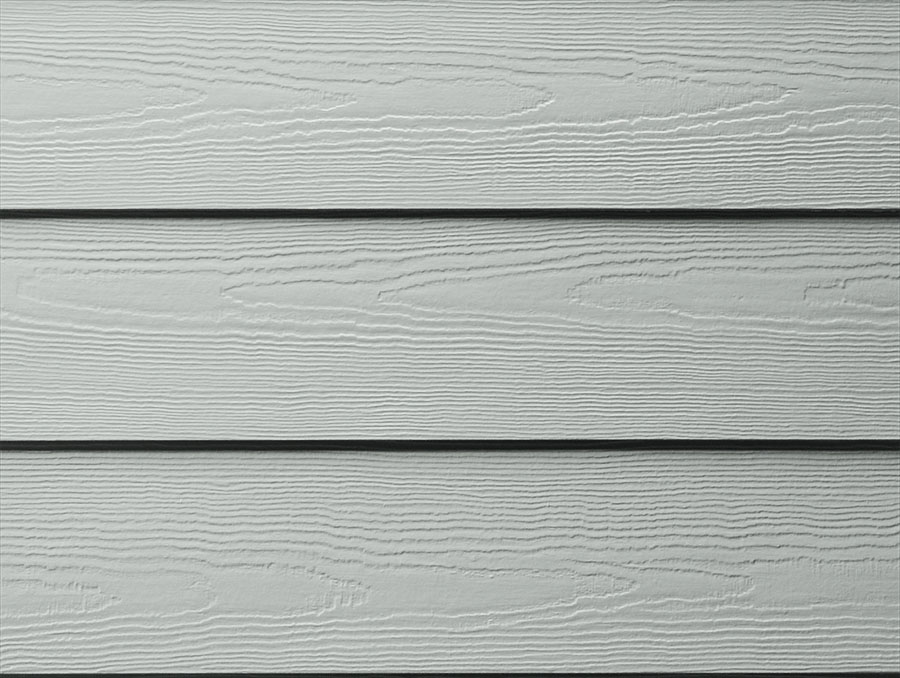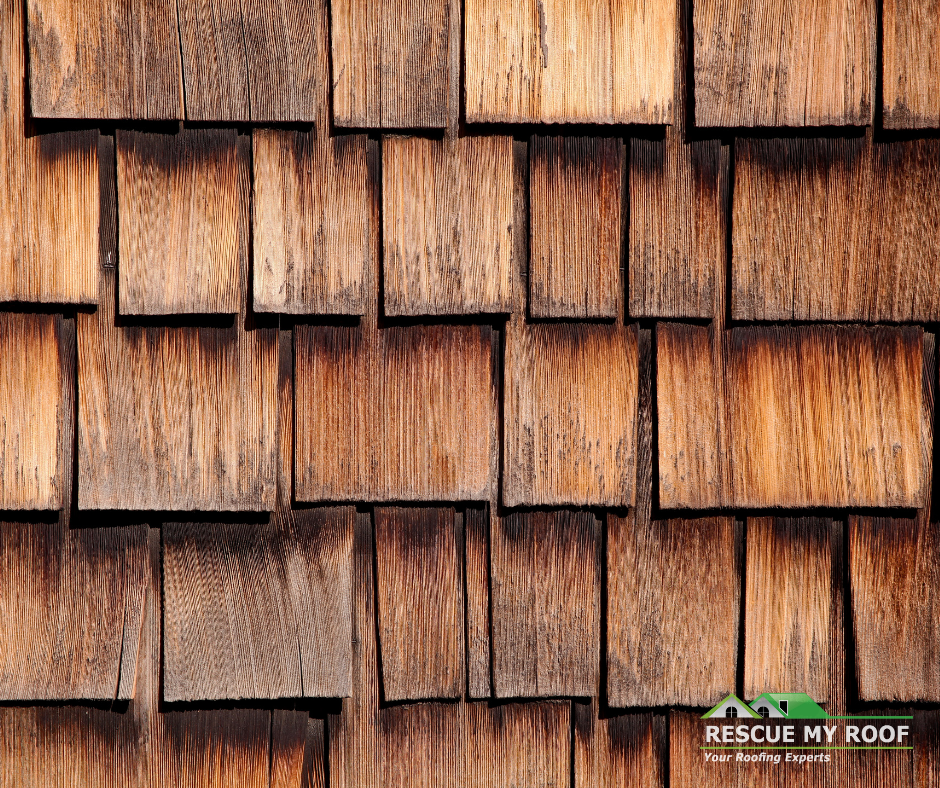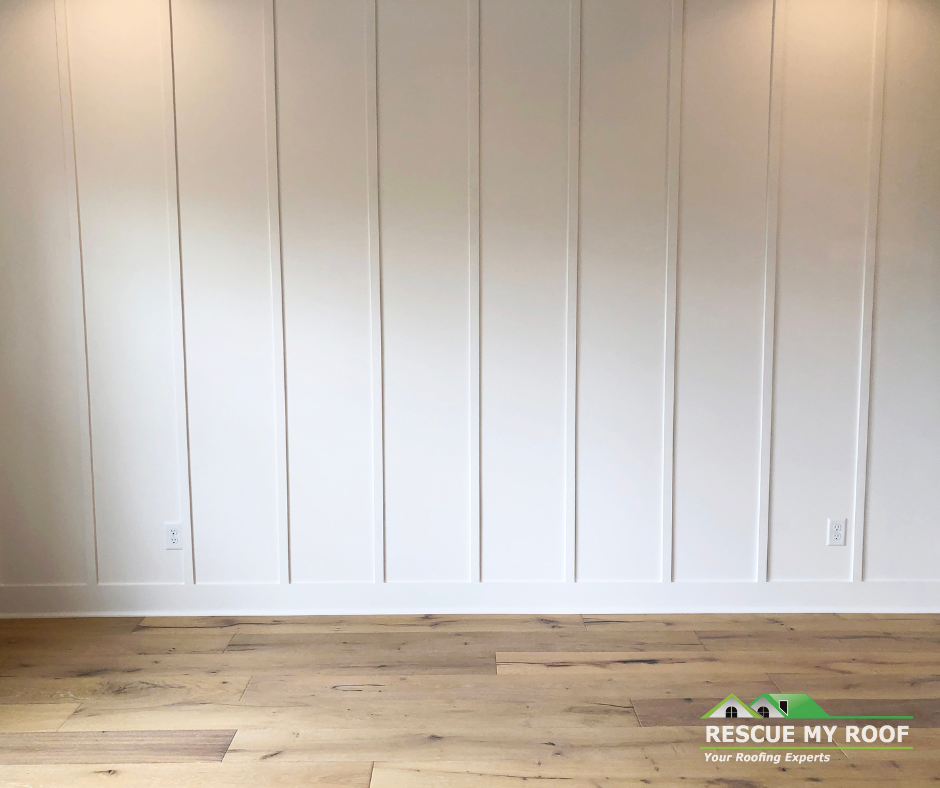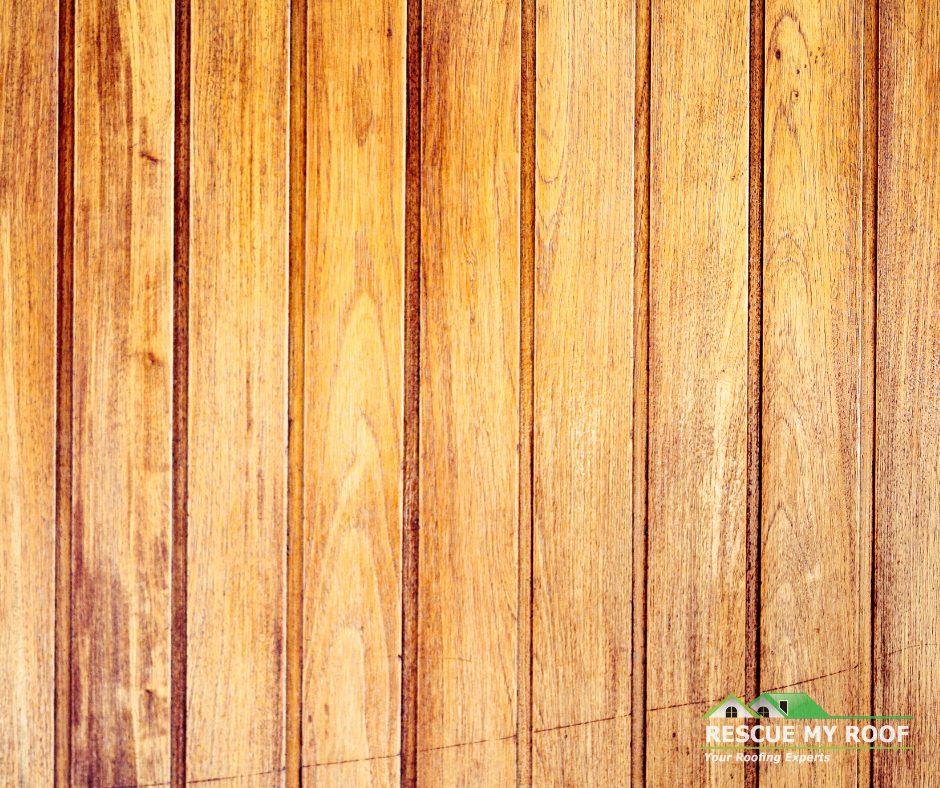5 Wood Siding Styles (Pros, Cons, and More)
When it comes to enhancing your home’s curb appeal and character, few options rival the timeless beauty and natural charm of wood siding.
Wood siding has been popular for centuries, offering a unique combination of durability, aesthetics, and sustainability. If you’re considering wood siding for your home or want to learn more about this classic exterior option, you’ve come to the right place.
Rescue My Roof has been helping homeowners achieve their dream homes for over a decade. From roofs to gutters to siding, we’ve done it all. Today, we’ll break down the different types of wooden siding options.
In this article, we will explore the world of wood siding, diving into its definition, types, benefits, and maintenance requirements. By the end, you’ll have a comprehensive understanding of wood siding, enabling you to make an informed decision for your home.
What Is Wood Siding?
Wood siding refers to the exterior cladding made from various types of wood installed on the walls of residential and commercial buildings. It protects your home from the elements while adding warmth, character, and natural beauty to the structure.
Wood siding comes in different forms, such as shingles, shakes, clapboards, and beveled boards, each offering a unique aesthetic and architectural style.
5 Types of Wood Siding
Wood siding encompasses a range of styles, each with distinct characteristics. Here, we’ll explore the most common types:
- Lap: Also known as beveled siding, this type features long, narrow boards that overlap horizontally, creating a classic, timeless look.
- Shingles and Shakes: Shingles are smooth, machine-cut wooden pieces, while shakes are thicker, hand-split boards. Both options provide a rustic, textured appearance and can be installed in various patterns.
- Board and Batten: This style features wide, vertical boards with narrower strips (battens) covering the joints, resulting in a charming, rustic look.
- Tongue and groove: Wooden boards with a recessed groove on one edge and a corresponding tongue on the other. They fit together to make a strong, tight joint.
1. Lap Siding

Lap siding, also called “clapboard,” is a long horizontal board with one edge slightly wider than the other. This allows them to overlap – giving them the “lap” nickname.
Lap siding offers a clean, classic look. Plus, the overlapping design naturally sheds rainwater, minimizing moisture damage. The efficient design makes it one of the most common wood siding types.
Pros:
- Easy installation
- Extremely water resistant
- Customizable
Cons:
- Gaps can attract dust and insect infestation
2. Wood Shingle Siding

Wooden shingle siding consists of sawn shingles, resulting in a smooth texture and clean edges.
Real wood shingles are commonly made from cedar – making them more expensive. But their uniform design makes them easier to install and more durable.
Pros:
- Easy installation
- Clean, uniform look
Cons:
- Susceptible to insects
- Must be stained regularly
3. Wood Shake Siding
Shake siding is small, rectangular pieces of roof split from a log. They are installed in overlapping horizontal layers, creating a non-uniform look.
Shake siding is typically made of cedar, which is durable and easy to stain. However, it is more expensive.
Pros:
- A unique texture on every piece
- Rustic appearance
Cons:
- Layered installation is difficult to repair
- Expensive
- Traps moisture
4. Board and Batten

This style has evenly spaced vertical boards with a narrow strip of wood (the “batten”) nailed over the spaces. The batten acts as a natural barrier against wind and moisture.
A softer wood, like cedar, is best for board and batten siding as it’s less likely to crack and split during installation.
Pros:
- Classic, clean look
- Resists extreme weather
- Customizable
Cons:
- Only looks good on large buildings
- Large pieces can warp over time
5. Tongue and Groove

Tongue and groove siding is made with a recessed groove on one side and a tongue on the other, allowing them to interlock.
If you have hardwood floors, they most likely feature tongue and groove joinery.
Pros:
- Increased stability
- Simple installation
Cons:
- Challenging to repair individual boards
Benefits of Wood Siding
Wood siding offers numerous advantages that make it a popular choice among homeowners:
- Natural Beauty: The unique grains and textures of wood bring warmth, character, and a sense of timelessness to any home.
- Versatility: Wood siding can be stained or painted in various colors, allowing homeowners to customize their desired aesthetic.
- Durability: When properly installed and maintained, high-quality wood siding can withstand harsh weather conditions and last for decades.
- Energy Efficiency: Wood has natural insulating properties, helping to regulate indoor temperatures and reduce energy consumption.
- Repairability: Damaged sections of wood siding can be easily replaced or repaired, ensuring long-term functionality.
- Environmental Sustainability: Wood is a renewable resource, making wood siding more eco-friendly than synthetic alternatives.
Wood Siding Maintenance and Care
Regular maintenance is crucial to maintain the longevity and beauty of wood siding. Here are some essential maintenance tips:
- Regular Cleaning: Remove dirt, debris, and mildew by washing the siding with a mild detergent and a soft brush or sponge.
- Inspections: Periodically check for rot, warping, or pest infestation signs. Address any issues promptly to prevent further damage.
- Protective Coatings: Apply finishes, such as stains or paints, to protect the wood from moisture, UV rays, and insect damage. Follow the manufacturer’s recommendations and reapply as needed.
- Proper Ventilation: Ensure proper airflow behind the siding to prevent moisture buildup and potential rotting.
- Trimming Vegetation: Keep trees, bushes, and vines away from the siding to minimize the risk of moisture retention and damage.
Is Wooden Siding Right For You?
Wood siding remains a timeless and popular choice for homeowners seeking natural beauty, durability, and a connection to nature.
And with five, you may have found the perfect siding fit for your home.
You can learn more about siding options with “How Do You Know If Your Siding Should Be Replaced” and “Top 5 Reasons for New Siding.”
While Rescue My Roof does not offer wooden siding, we can help you with vinyl siding options. Contact us to get a free estimate today.


